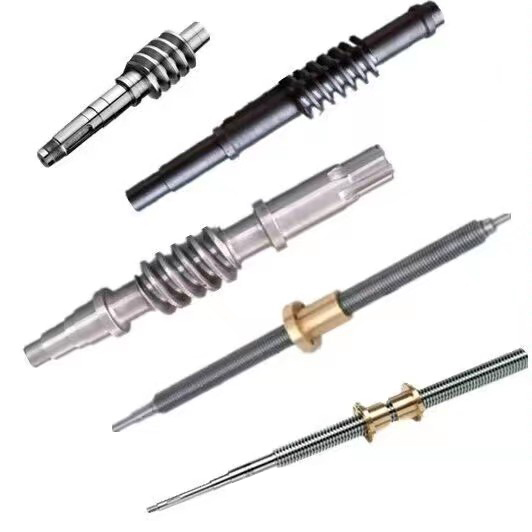
Cutting tools can be divided into five categories according to the form of the workpiece surface. Tools for processing various external surfaces, including turning tools, planers, milling cutters, external surface broaches and files, etc.; hole processing tools, including drills, reamers, boring cutters, milling cutters and internal surface broaches, etc.; thread processing Tools, including taps, dies, automatic opening and closing thread cutting heads, thread turning tools and thread milling cutters, etc.; gear processing tools, including hobs, gear shapers, shaving cutters, bevel gear processing tools, etc.; cutting tools, including inserts Toothed circular saw blades, band saws, bow saws, cut-off turning tools and saw blade milling cutters, etc. In addition, there are combination knives.
Cutting tool materials are roughly divided into the following categories: high-speed steel, cemented carbide, cermet, ceramics, polycrystalline cubic boron nitride, and polycrystalline diamond.
According to the cutting motion mode and the corresponding blade shape, the cutting tools can be divided into three categories. General-purpose cutting tools, such as turning tools, planing cutters, milling cutters (excluding formed turning tools, shaped planing cutters and formed milling cutters), boring cutters, drills, reamers, milling cutters and saws, etc.; forming tools, cutting edges of such tools It has the same or nearly the same shape as the section of the workpiece to be processed, such as forming turning tools, forming planers, forming milling cutters, broaches, conical milling cutters and various thread processing tools, etc.; generating tools are used to process gears by generating method Tooth flanks or similar workpieces, such as hobs, gear shapers, shaving cutters, bevel gear planers and bevel gear milling discs, etc.




No comment